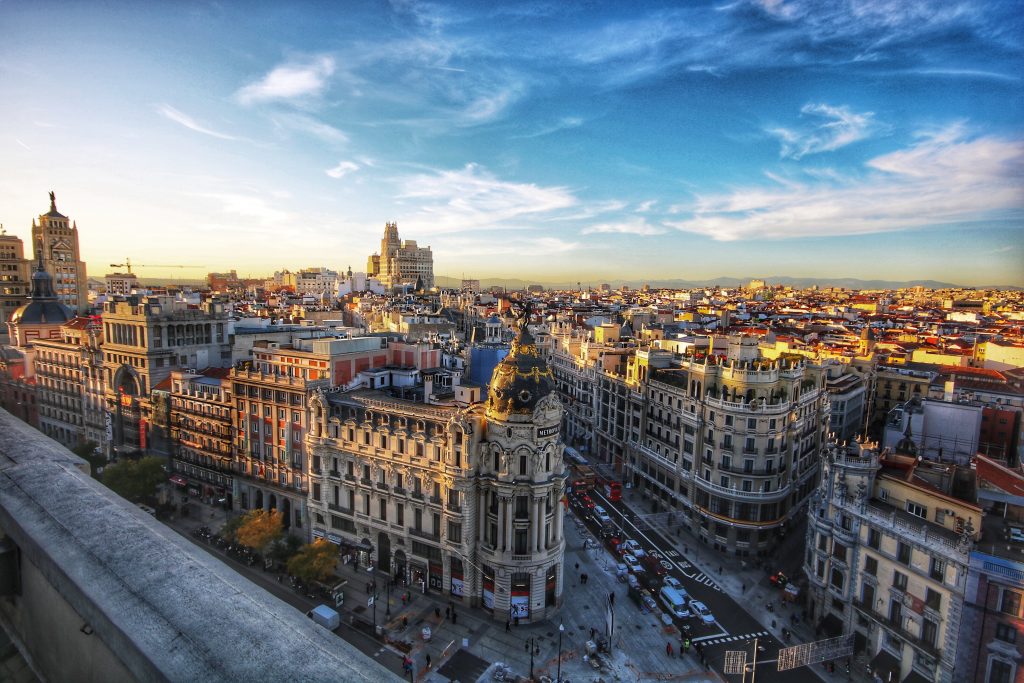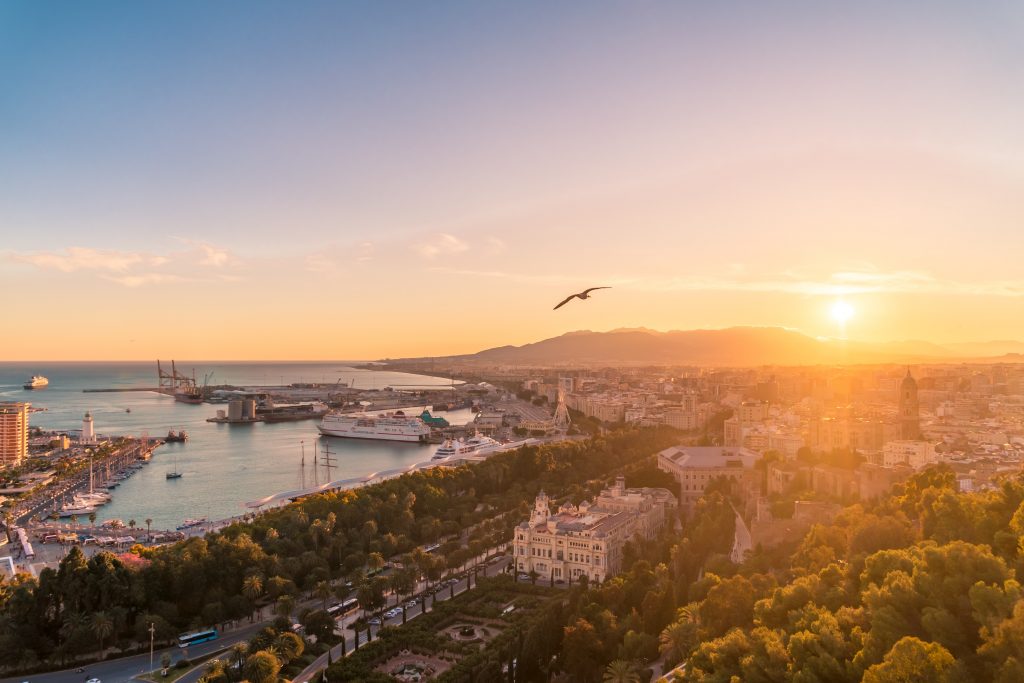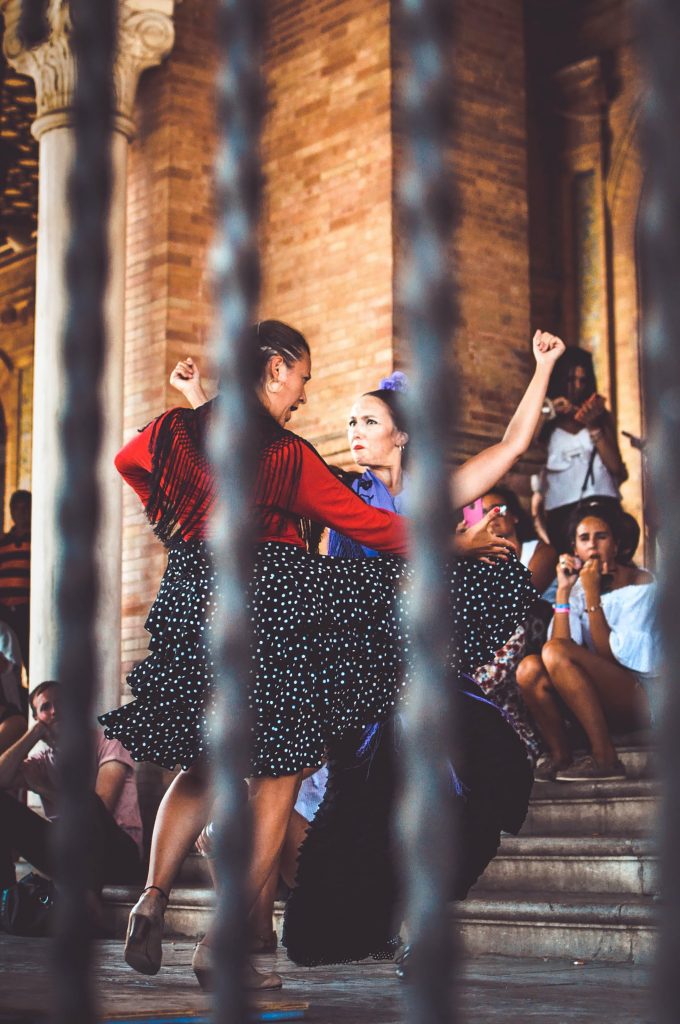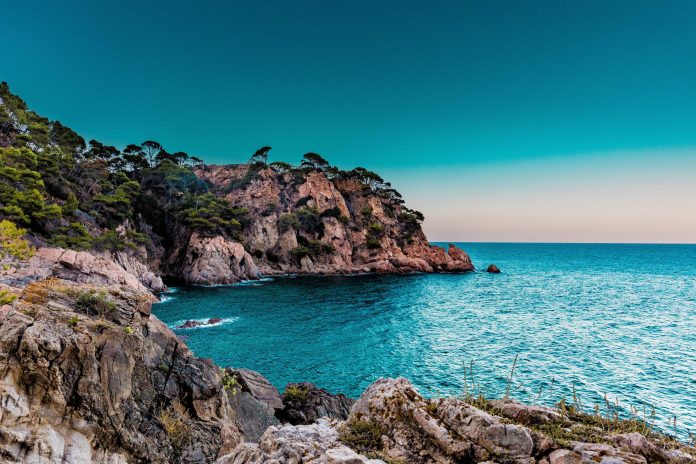So you found the perfect summer escape trip in Spain. Does that mean you’re prepared? No, but with this article, we are going to tell you what most of us might miss: things like whether or not a visit to a beach might put your expensive jewelry at risk and how, if necessary, you can get emergency medical help while abroad.
Spain’s History
Spain has a rich and turbulent history, one that has ensured the country enjoys an array of attractions and activities year-round. Visitors to Spain should be aware of the following key points in order to make the most of their time in the country:
- The Spanish language is not mutually intelligible with any other European language, so visitors will need to learn some basics before arriving. Spaniards, however, are generally forgiving and will assist travelers with vocabulary if they are polite and show an interest in learning.
- Spanish Barcelona can feel like a different country than the rest of Spain due to its large foreign population and its ties with neighboring France. Foreigners should avoid using slang or argot while in Barcelona, as locals may not be familiar with these terms. The rest of the country is much more similar to mainland Europe in language and culture.
- Spanish weather is temperamental and can change rapidly from hot summers to chilly winters (although temperatures during the day are usually much warmer than at night). Be sure to pack adequate clothing for both daytime and nighttime use, as well as warm drinks and snacks for when things cool down unexpectedly.

Conditions to Be Aware Of
If you’re planning a summer visit to Spain, it’s important to be aware of its seasonal conditions. Here are the five things to keep in mind:
- The best time to visit is during the cooler months (May-September), when the weather is pleasantly warm but not too hot.
- Make sure you bring proper gear for the weather – wet clothes, raincoat, sunscreen, hats and sunglasses.
- Expect some street closures in major cities due to festivals or other events – check local newspapers or websites for information.
- If you plan on using public transportation, be aware that buses and trains run less frequently in the summer season and sometimes stop running altogether on weekends.
- Finally, remember that Spanish customs can be a little more strict than those in other countries – be prepared with some basic explanations of the English language!

Tourist Destinations
Spain is a country that has something for everyone, whether you’re interested in history, art, food, or nature. Here are seven of the best tourist destinations in Spain in summer:
- Barcelona: Barcelona is a UNESCO World Heritage Site with plenty of smaller attractions like narrow winding streets and Spanish architecture. The beaches are world-renowned and there’s also a lot to see within the city walls.
- Granada: Granada is one of the most underrated cities in Spain with stunning Islamic architecture and stunning views over the Alhambra palace and valley. It’s also an interesting place to wander around thanks to its bustling market district and cobbled streets.
- Malaga: One of Spain’s most popular coastal resorts, Malaga has a long sandy beach, stunningly clean waters, lively nightlife, and plenty of activities on offer including golfing, boating, and jet skiing.
- Madrid: Madrid’s big advantage over many other Spanish cities is that it has so much to offer visitors regardless of what time of year it is – from trendy hipster neighborhoods like La Latina and Carmen de la Pradera to opulent Royal Palaces like El Escorial.

Camping, Hiking, and Activities You Can Do
Looking for a summer adventure that won’t break the bank? Check out our list of top camping, hiking and activities suggestions for visitors to Spain!
- Head to the hills – camping is popular in the Spanish countryside, where you can find beautiful vistas and secluded campsites. For a more challenging experience, go for hiking trails in the Andalusian ranges or the Pyrenees.
- Get creative – try rowing on a scenic river or baking some delicious pastries in an old bakery. Find your passion and explore it!
- Have some fun – Madrid is full of great nightlife options, but there are plenty of places to get merry all over Spain. Or head to one of the country’s many festivals – they’re definitely worth checking out!
How much to spend?
When it comes to budgeting for a summer trip to Spain, experts tend to recommend aiming for around $700 per person, including transportation and accommodations. If you’re looking to wild out on the town all day every day, try spending a bit more- $1,000 is usually the average amount spent on nights out. And if you’re hoping to explore more remote areas of Spain, planning for lower amounts may be in your best interest.
Whatever your budget, be sure to keep the following tips in mind:
-Avoid high-end resorts – They can cost upwards of $500 per night and oftentimes offer little value compared to less expensive options. Instead, focus on obtaining midrange or cheap hotel deals that still offer breakfast, lunch and dinner.
- Eat local food whenever possible – Non-food items like admission tickets to museums or visits to historical sites can also add up quickly if you only eat out at popular tourist destinations. saving money by cooking your own meals can help cut costs significantly.
- Use public transportation – Especially if you’re staying in smaller towns away from bustling tourist spots, using buses and trains can often be much cheaper than renting a car or taking taxis.




































